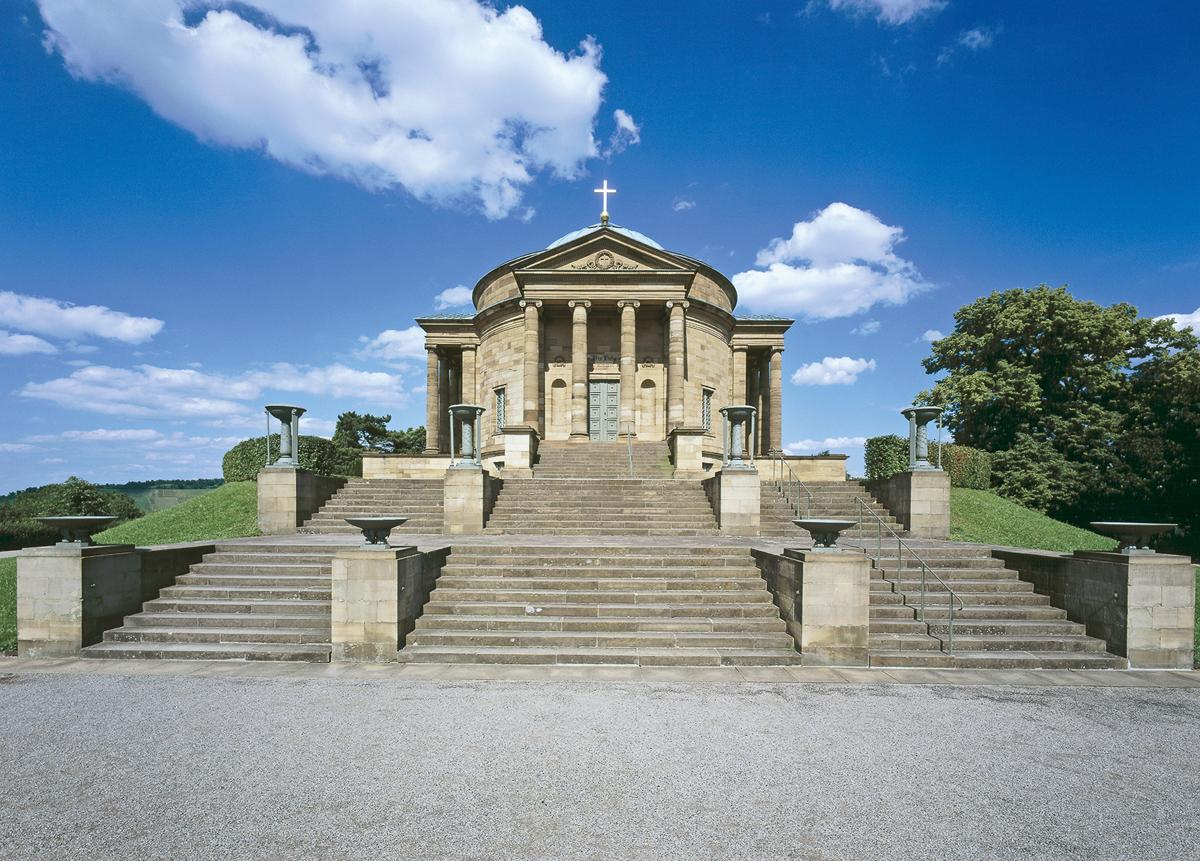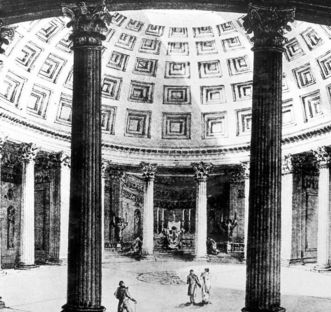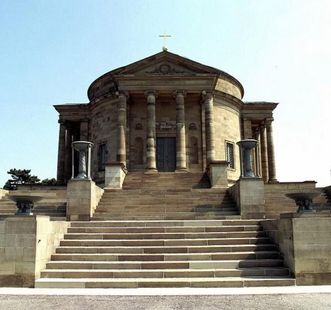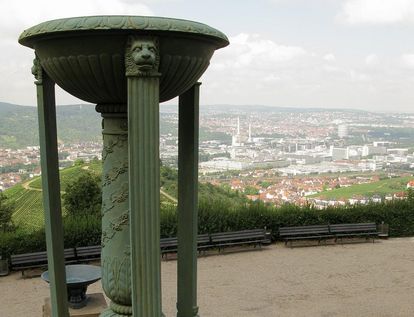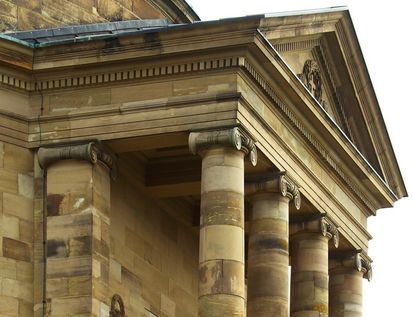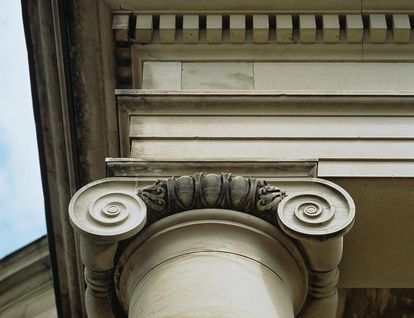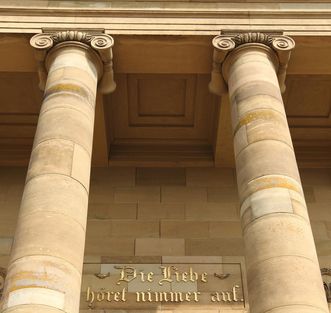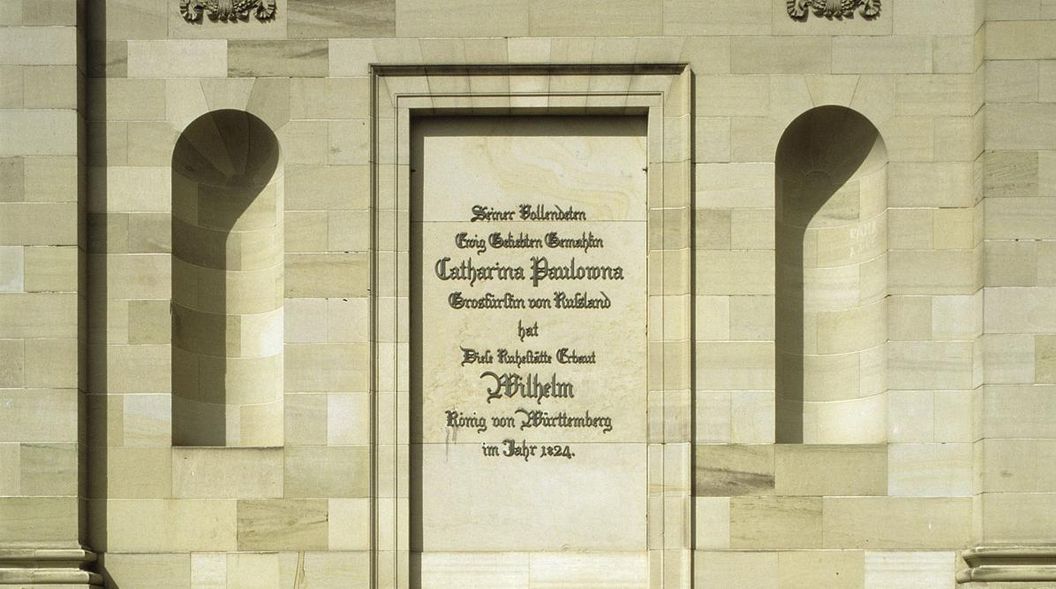CONTEST FOR THE NEW STRUCTURE
A contest was held in 1819 to select the architect who would build the sepulchral chapel. Royal court architect Giovanni Battista Salucci won. The Italian architect presented at least three designs to the king, varying in their degree of ornamentation. In addition to a modest design, there was a very lavish design with a full colonnade and an imposing base. The design that was finally chosen was a compromise between these two.



